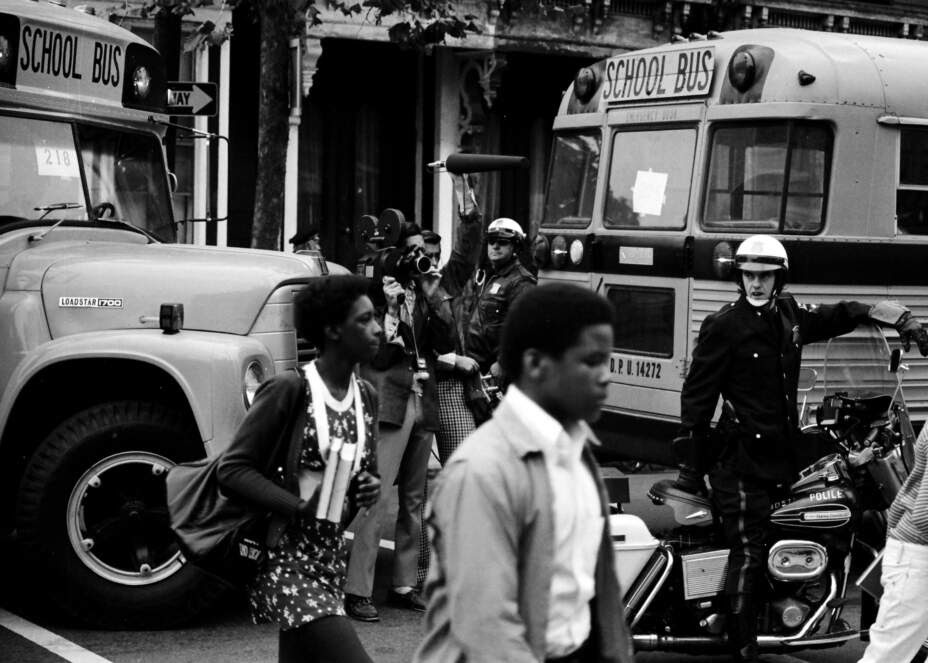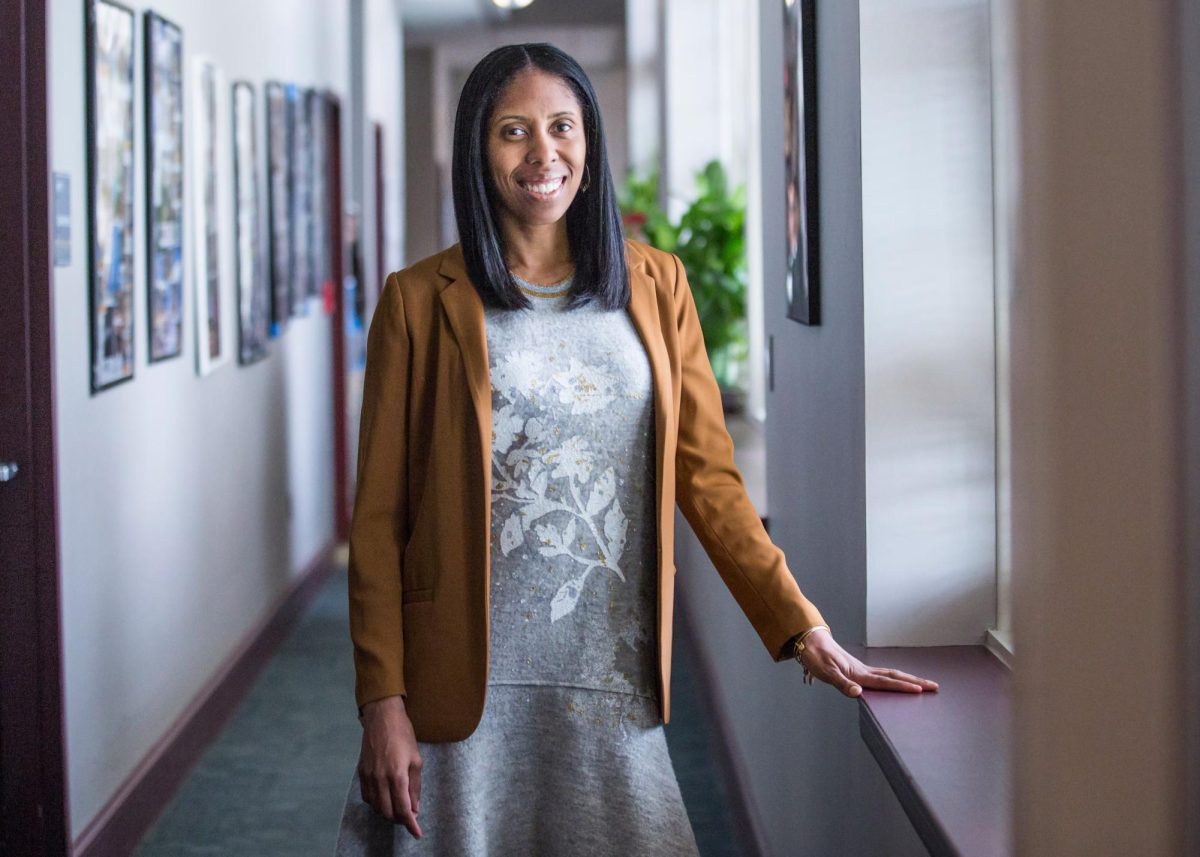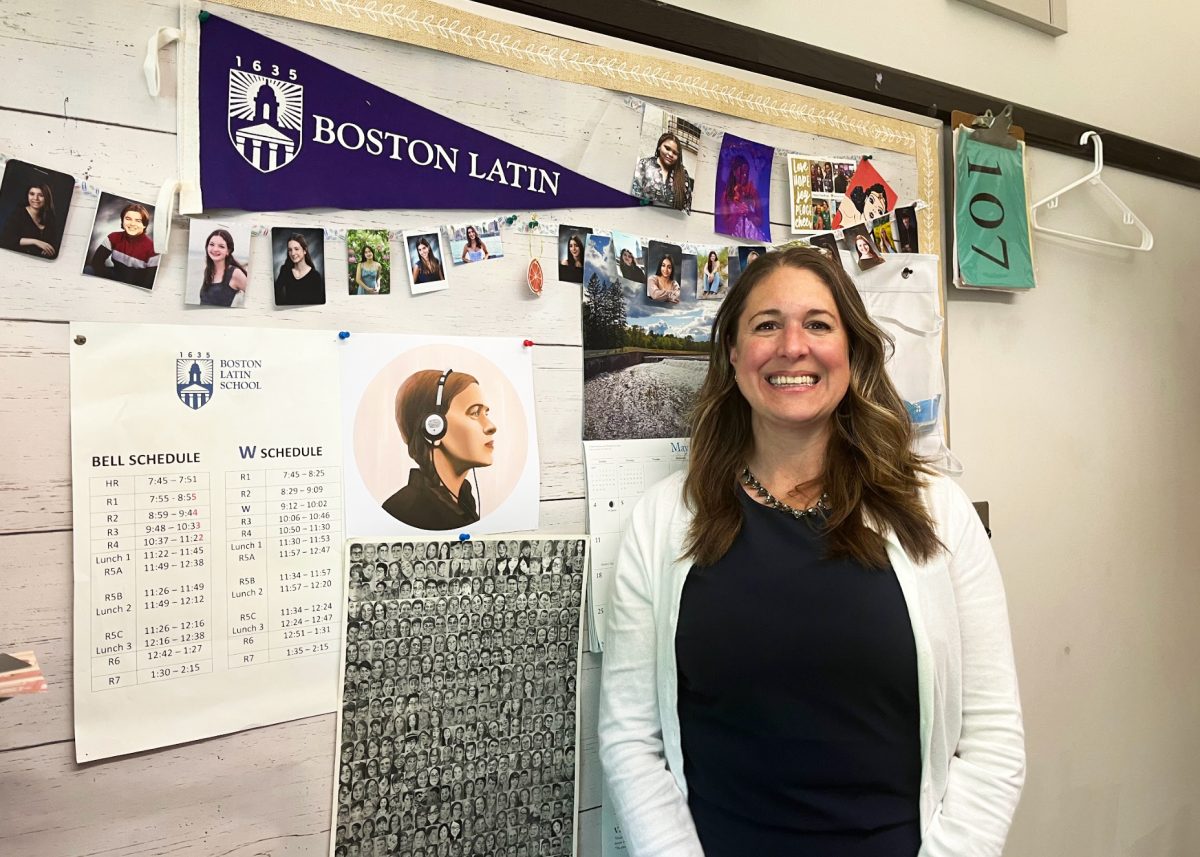This June marks the 50-year anniversary of the desegregation of Boston Public Schools and the subsequent busing crisis.
Prior to the Racial Inclusion Act of 1965, neighborhoods and schools in Boston were heavily segregated because of redlining, the discriminatory practice of refusing loans to non-white homebuyers. School demographics subsequently reflected neighborhoods varied by race and class. Boston Latin School had a predominantly white student population.
Former BPS teacher and administrator Mr. Jerry Howland started his career in the ‘70s at the McCormack Middle School-— which mostly consisted of Black American students. He recalls–,“It wasn’t until I came back after I graduated from college and took a job teaching where I realized how segregated the Boston schools were […] I didn’t know that the school system was doing it to [that degree].”
After the act was passed, the Boston School Committee (BSC) did not make plans to integrate, which led to the case of Morgan v. Hennigan. In 1972, a group of Black American parents sued the BSC on behalf of their children who were enrolled in BPS, claiming that the segregated school district denied Black American students educational equity.
On June 21, 1974, Judge Wendell Arthur Garrity Jr. ruled that segregation was unconstitutional and ordered all BPS schools to desegregate immediately. The proposed solution was to send students on buses to attend schools outside of their neighborhoods.
Busing, however, only heightened racial tensions and was poorly received by all. White students were reluctant to attend schools with less resources located farther away from their homes. Black American students, meanwhile, faced abuse from outraged white parents who protested violently. Police officers had to escort Black American students to South Boston, where protestors pelted the buses and yelled slurs. As a result, dissatisfied parents moved their children to private or parochial schools, and more than 30,000 students left BPS.
BLS U.S. History and Modern Boston teacher Ms. Robin Kirkpatrick says, “One of the concerns raised by black and white parents alike in 1974 was that absent a real effort to build better schools for all of Boston’s kids, confidence in the system as a whole would continue to suffer. […] Busing alone did little to improve the quality of Boston’s schools, even if it seemed to provide a ‘remedy’ for the very real problem of segregation.”
The ruling also stated that exam schools like BLS were required to have at least 35 percent of spots allocated for minority students, stirring white residents. In 1995, white father Michael McLaughlin filed a lawsuit against the BSC on behalf of his daughter, Julia, after she was rejected from BLS. He argued that since Julia scored higher on the BLS entrance exam than some minority students, her rejection was a violation of her 14th Amendment rights. Over two decades after ordering for the desegregation of BPS, Judge Garrity ruled in favor of McLaughlin in 1996, allowing Julia to attend BLS starting in the eighth grade.
In 1998, following McLaughlin v. Boston School Committee, the ruling which required 35 percent of exam school students to be minorities was overturned, yet again changing schools’ racial demographics. Currently, 36 percent of BLS students are white, compared to 15 percent in the whole district. Many schools are still racially unbalanced, as exam schools like BLS have a larger population of white students. At some other schools, however, more than 90 percent of students are students of color.
Ms. Kirkpatrick remarks, “It is absolutely better for Boston’s kids and the city as a whole that schools are integrated. Debate remains as to whether Judge Garrity’s plan to achieve this was the most effective mechanism for doing so.”
At BLS, students taking Facing History and Ourselves and U.S. History learn about busing and how integration has shaped BLS and BPS. Busing provided a temporary solution but did not improve racial demographics permanently.
BLS History Program Director Mr. Thomas Kennelly concludes, “It’s important for students to have [a] full history. You know, sometimes we like to learn more of the positive stories as opposed to difficult stories […] But it is more important for the students to learn difficult histories in addition to more ‘feel good’ histories.”







